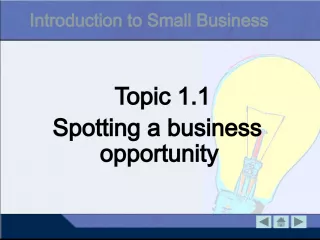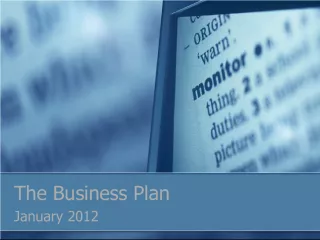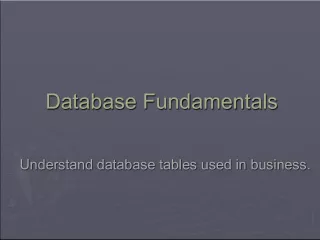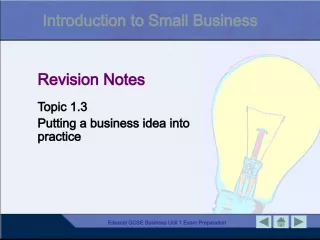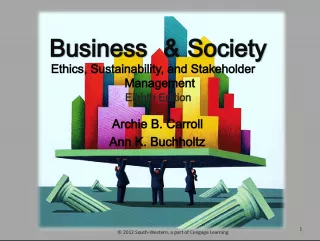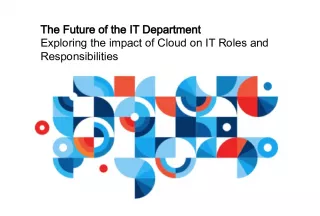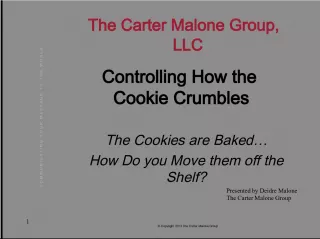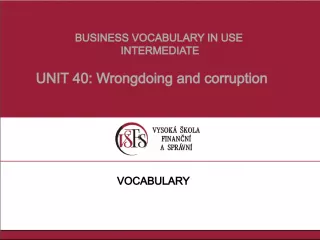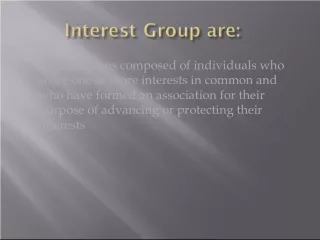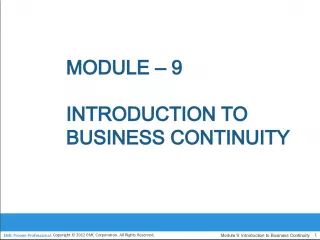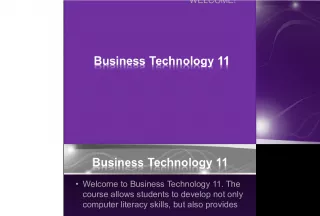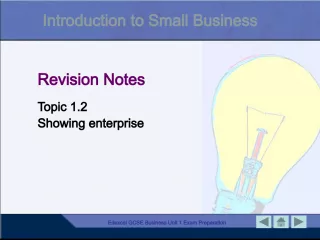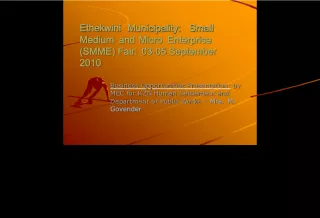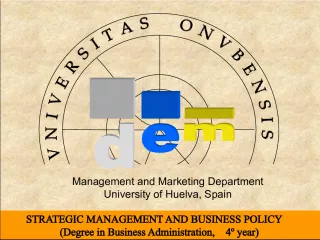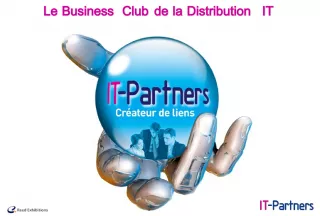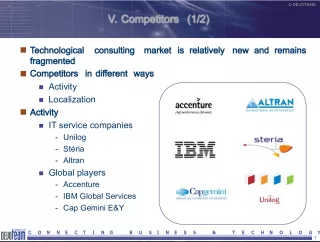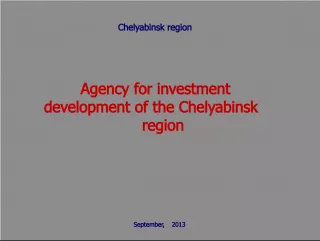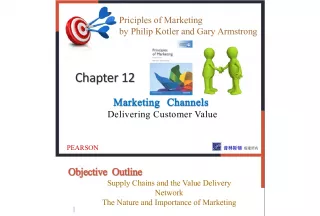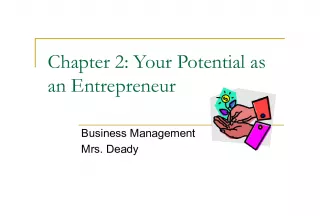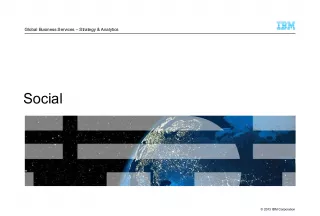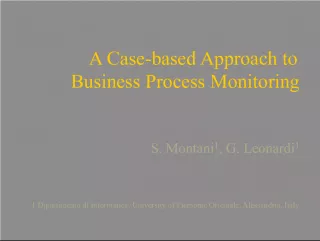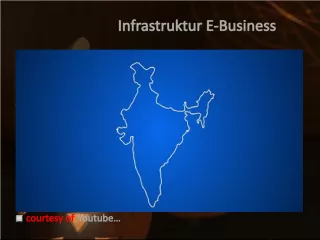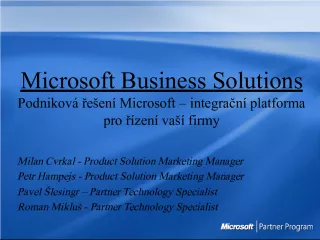Understanding Business-to-Business Marketing
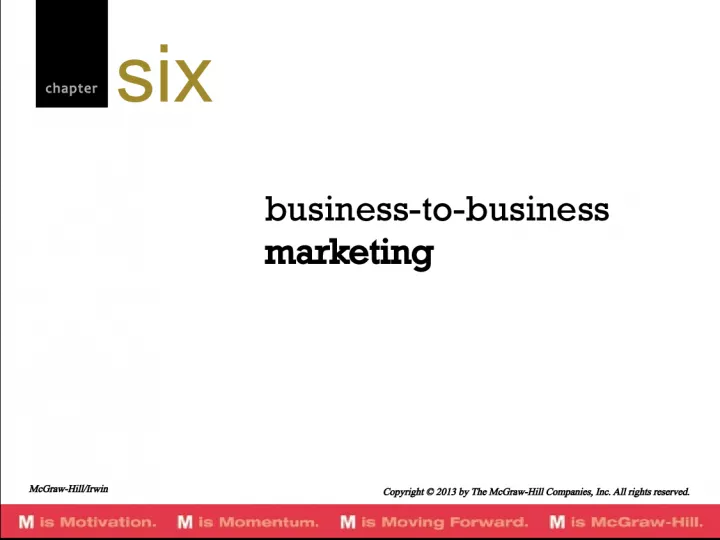

This chapter focuses on the different facets of business-to-business (B2B) marketing. It explains the types of buyers and sellers that participate in B2B transactions. Additionally, it states the
- Uploaded on | 1 Views
-
 annamarie
annamarie
About Understanding Business-to-Business Marketing
PowerPoint presentation about 'Understanding Business-to-Business Marketing'. This presentation describes the topic on This chapter focuses on the different facets of business-to-business (B2B) marketing. It explains the types of buyers and sellers that participate in B2B transactions. Additionally, it states the. The key topics included in this slideshow are . Download this presentation absolutely free.
Presentation Transcript
Slide1chapterbusiness-to-business marketing six McGraw-Hill/Irwin Copyright © 2013 by The McGraw-Hill Companies, Inc. All rights reserved.
Slide2LEARNING OBJECTIVESLO1 Describe the different types of buyers and sellers that participate in business-to-business (B2B) markets. LO2 List the steps in the B2B buying process. LO3 Identify the different roles within the buying center. LO4 Describe the different types of organizational cultures. LO5 Detail different buying situations. Business-to-Business Marketing 6-2
Slide3B2B MarketsU.S. Census Website 6-3
Slide4Manufacturers or ProducersBuy raw materials, components or parts Manufacture their own goods Gear Expo News Clip Car Culture/Getty Images 6-4
Slide5ResellersManufacturer Reseller Retailer Courtesy Eastman Chemical Company 6-5
Slide6InstitutionsSchools, Museums and Religious Organizations Schools, Museums and Religious Organizations Annie Reynolds/PhotoLink/Getty Images Royalty-Free/CORBIS Royalty-Free/CORBIS 6-6
Slide7Government• US Government spends $2.1 trillion procuring goods • State and local governments also make significant purchases • Firms specialize in selling to government Getty Images Hisham F Ibrahim/Getty Images 6-7
Slide8B2B Buying Process6-8
Slide9Stage 1: Need Recognition• Can be generated internally or externally • Sources for recognizing new needs: – Suppliers – Salespeople – Competitors Times Photo by Toni L Sandys/Newscom Sylvain Grandadam/The Image Bank/Getty Images 6-9
Slide10Stage 2: Product Specifications• Used by Suppliers to develop proposals • Can be done collaboratively with suppliers Royalty-Free/CORBIS 6-10
Slide11Federal Business Opportunities WebsiteStage 3: RFP Process ( Request for Proposal ) ©Toyota Motor Engineering & Manufacturing North America, Inc. 6-11
Slide12Step 4: Proposal Analysis, VendorNegotiation and Selection • Often several vendors are negotiating against each other • Considerations other than price play a role in final selection Courtesy The Goodyear Tire & Rubber Company 6-12
Slide13Step 5: Order Specification• Firm places the order • The exact details of the purchase are specified • All terms are detailed including payment Digital Vision/Getty Images 6-13
Slide14Step 6: Vendor PerformanceAssessment Using Metrics 6-14
Slide15The Buying Center6-15
Slide16Organizational Culture6-16
Slide17Buying Situations6-17
Slide18Return to slideReturn to slide Business-to-business (B2B) marketing refers to the process of buying and selling goods or services to be used in the production of other goods and services, for consumption by the buying organization, and/or for resale by wholesalers and retailers. Glossary 6-18
Slide19Return to slideReturn to slide Buying center participants are people responsible for the buying decisions. Glossary 6-19
Slide20Return to slideReturn to slide The request for proposals (RFP) is a process through which buying organizations invite alternative suppliers to bid on supplying their required components. Glossary 6-20
Slide21Return to slideReturn to slide Resellers are marketing intermediaries that resell manufactured products without significantly altering their form. Glossary 6-21
